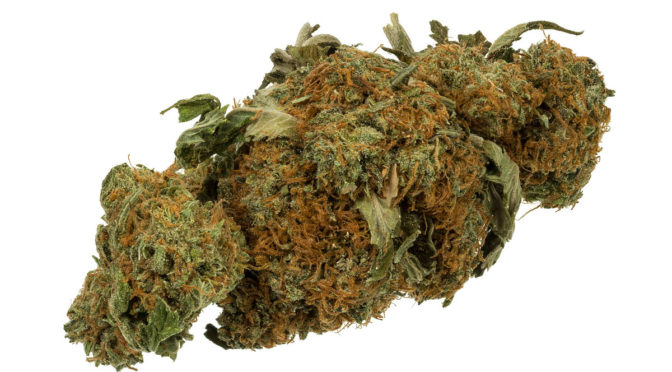Cannabis has a long history of easing medical symptoms or conditions. The cannabinoids within cannabis have analgesic and anti-inflammatory effects.
Who takes medical marijuana? People trying to treat a great number of conditions.
They take it in various ways: as edibles, in capsules, as a lozenge, dermal patch, oral or dermal spray, in a liquid tincture, or by vaporizing or smoking dried buds.
In some countries, including the U.S., there are also synthetic cannabinoids available by prescription. These include Marinol (Dronabinol) and Cesamet (Nabilone).
Seizure Disorder
Dr. Jim Berg, of Hilo, talks about the now-famous case of a little girl in Colorado named Charlotte. The toddler, who had a severe form of epilepsy called Dravet Syndrome, was having 300 grand mal seizures a week.
Doctors tried every possible medication, but none helped. Finally, when she was five, her desperate parents Paige and Matt tried medical cannabis.
From CNN:
Paige found a Denver dispensary that had a small amount of a type of marijuana called R4, said to be low in THC and high in CBD. She paid about $800 for 2 ounces – all that was available – and had a friend extract the oil.
She had the oil tested at a lab and started Charlotte out on a small dose.
“We were pioneering the whole thing; we were guinea pigging Charlotte,” Paige said. “This is a federally illegal substance. I was terrified to be honest with you.”
But the results were stunning.
“When she didn’t have those three, four seizures that first hour, that was the first sign,” Paige recalled. “And I thought well, ‘Let’s go another hour, this has got to be a fluke.’ “
The seizures stopped for another hour. And for the following seven days.
“It was extremely low in THC and very high in CBD,” says Berg. He says this was key. “With that ratio, you can take it in much higher doses, much more therapeutically. You would never be able to do that with high THC because you would get too stoned from it.”
Like CBD, the cannabinoid CBG is not psychoactive. “It seems to have very strong anticancer properties,” says Berg. “There’s a lot of hope regarding various cancers including brain stem tumors, breast cancer, and prostate cancer. There’s been a series of studies done on those specifically for CBG.”
Medical Marijuana in Hawai‘i
In Hawai‘i, medical use of marijuana is permitted for “alleviating the symptoms or effects of a qualifying patient’s debilitating medical condition.”
Hawaii Senate Bill 862 defines debilitating medical conditions as:
Cancer, glaucoma, positive status for human immunodeficiency virus, acquired immune deficiency syndrome, or the treatment of these conditions;
A chronic or debilitating disease or medical condition or its treatment that produces one or more of the following: cachexia or wasting syndrome; severe pain; severe nausea; seizures, including those characteristic of epilepsy; or severe and persistent muscle spasms, including those characteristic of multiple sclerosis; or
Any other medical condition approved by the department of health pursuant to administrative rules in response to a request from a physician or qualifying patient.
“And it also looks like CBD is probably going to be good for things like Alzheimer’s disease and for Parkinson’s Disease,” says Berg. “We’ve had many studies showing that it’s helpful. It’s probably both related to its pain-relieving qualities but especially its neuroprotective qualities.
“It seems to help the nervous system function better, both in the big picture of working between the structures in the nervous system in the brain and at a very local level both, in the peripheral nerves.”
Next week, a look at state-of-the-art medical cannabis research in Israel.
Also in this series:

